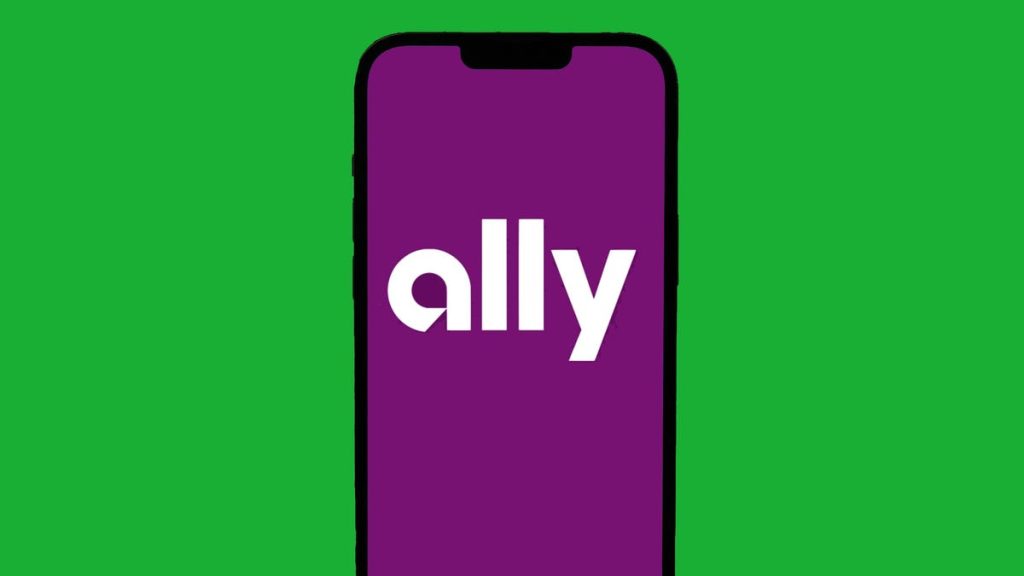With the advent of digital technology, traditional banking has evolved to meet the needs of a digital-savvy customer base. One such innovation is the concept of a full-service bank that operates solely through digital channels, providing customers with a completely online banking experience. This purely digital banking model offers convenience, accessibility, and a seamless user experience for individuals who prefer to manage their finances through mobile apps or online platforms.
By eliminating the need for physical branches, a purely digital bank can significantly reduce overhead costs, allowing them to offer competitive interest rates and low fees to their customers. This cost-saving approach also enables these banks to reach a wider audience and offer their services to individuals who may not have access to traditional banking facilities in their area. Additionally, the absence of physical branches means that customers can conduct their banking transactions anytime and anywhere, without being restricted by the operating hours of a brick-and-mortar bank.
In order to provide a comprehensive range of financial services, purely digital banks often partner with established financial institutions or use third-party platforms to offer services such as savings accounts, checking accounts, loans, and investment products. Through these partnerships, customers can access a variety of financial products and services without the need to visit a physical bank branch. This allows customers to manage their entire financial portfolio through a single digital platform, streamlining the process and making it easier to monitor and track their financial activities.
The user experience of a purely digital bank is designed to be simple, intuitive, and user-friendly, catering to customers who value convenience and efficiency in their banking interactions. Customers can perform basic banking transactions, such as transferring funds, paying bills, and checking account balances, through a mobile app or online portal. Some purely digital banks also offer additional features, such as budgeting tools, financial planning resources, and personalized recommendations based on the customer’s financial habits and goals.
Despite the convenience and accessibility offered by purely digital banks, some customers may still have concerns about the security of their financial information when conducting transactions online. To address these concerns, purely digital banks implement robust security measures, such as encryption protocols, multi-factor authentication, and real-time monitoring of transactions to detect and prevent fraud. Additionally, customers are often provided with round-the-clock customer support to address any concerns or issues they may encounter while using the digital banking platform.
Overall, purely digital banks offer a modern, streamlined approach to banking that appeals to customers who value the convenience of managing their finances online. By leveraging digital technology to provide a full range of financial services through digital channels, these banks are able to offer cost-effective solutions and reach a broader customer base. With a focus on user experience, security, and accessibility, purely digital banks are well-positioned to meet the evolving needs of a digital-first generation of banking customers.















